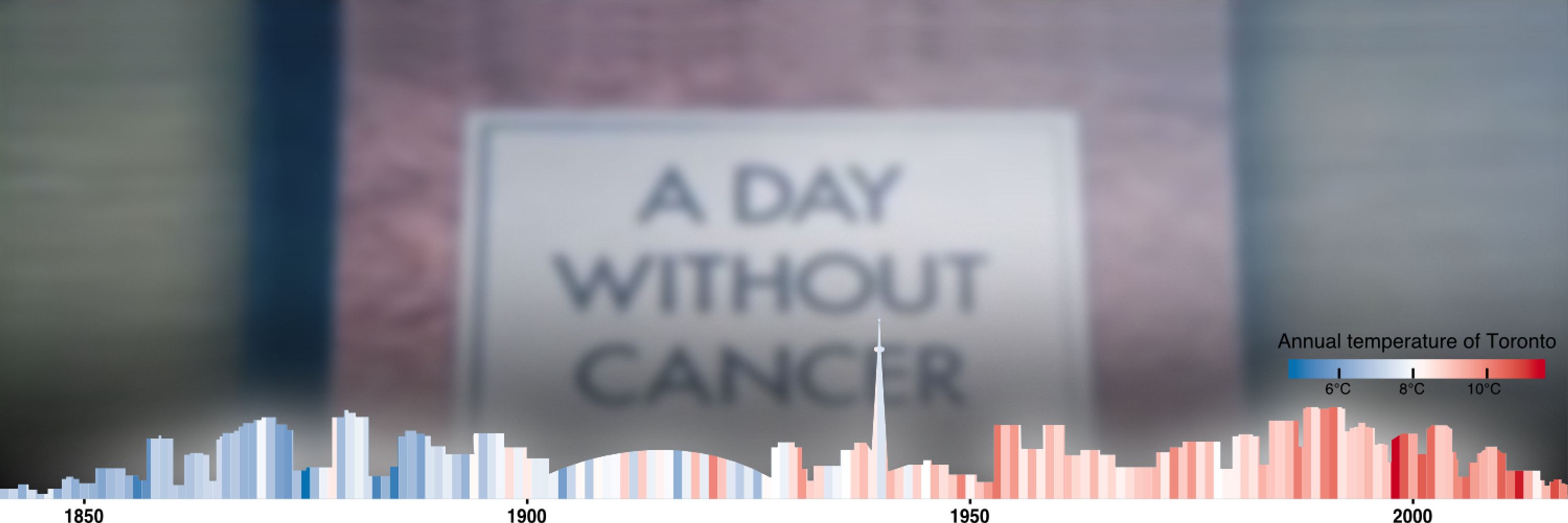
->Nature | #MachineLearning #Disease #Health | More info from EcoSearch

Let us take a tour through proteotoxic stress in intact human tissue — one hepatocyte at a time.
www.nature.com/articles/s41...
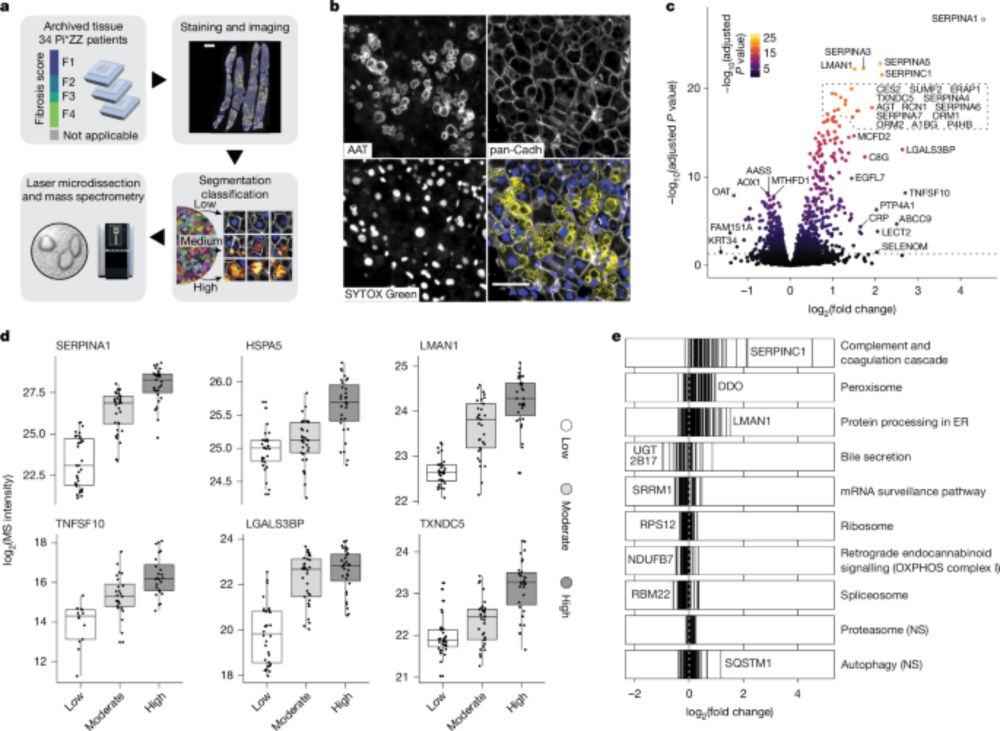
Let us take a tour through proteotoxic stress in intact human tissue — one hepatocyte at a time.
www.nature.com/articles/s41...
Excited to share our work investigating liver zonation in human health and disease with our advanced single-cell Deep Visual Peoteomics framework!
www.biorxiv.org/content/10.1...

Excited to share our work investigating liver zonation in human health and disease with our advanced single-cell Deep Visual Peoteomics framework!
@science.org we describe a way to build synthetic phosphorylation circuits with customizable sense-and-response functions in human cells. Check it out at science.org/doi/10.1126/....
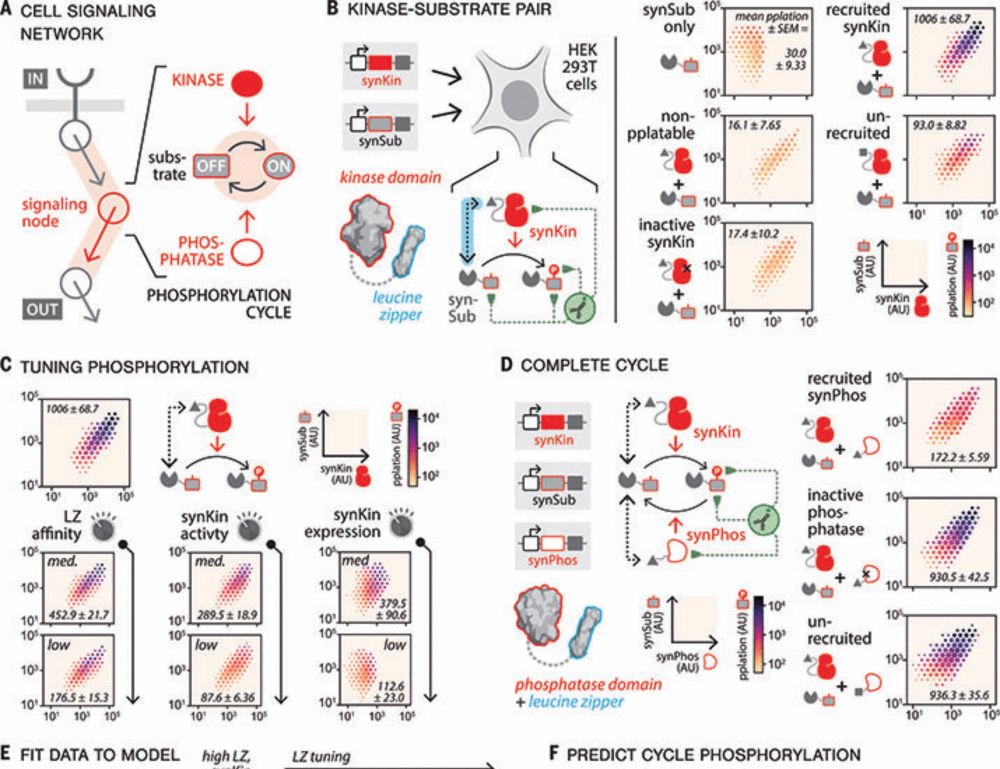
@science.org we describe a way to build synthetic phosphorylation circuits with customizable sense-and-response functions in human cells. Check it out at science.org/doi/10.1126/....
www.huber.embl.de/group/posts/...
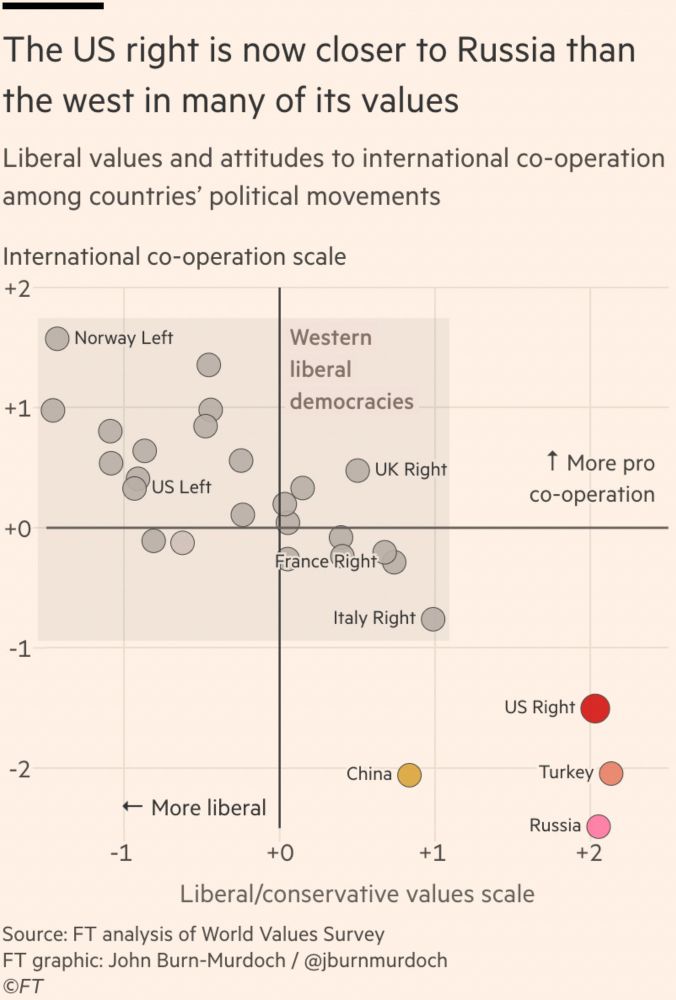
www.huber.embl.de/group/posts/...

www.cell.com/cell/abstrac...

www.cell.com/cell/abstrac...
nature.com/articles/s41588-025-02089-2
#PediatricProteomics #pQTL
First author @liliniu.bsky.social explains ⬇️
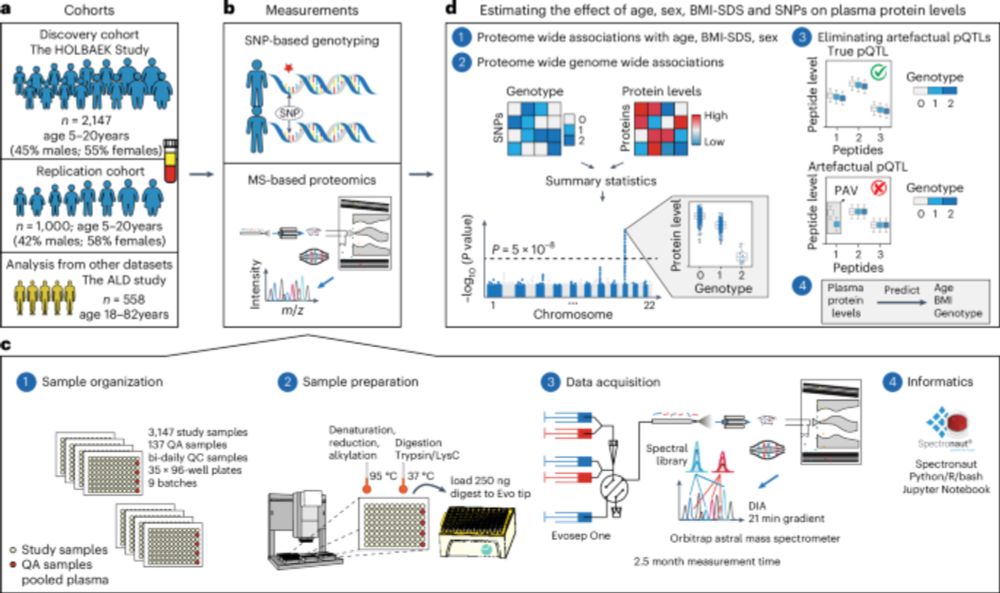
nature.com/articles/s41588-025-02089-2
#PediatricProteomics #pQTL
First author @liliniu.bsky.social explains ⬇️

doi.org/10.1016/j.mo...

doi.org/10.1016/j.mo...

---
#proteomics #prot-preprint

---
#proteomics #prot-preprint

